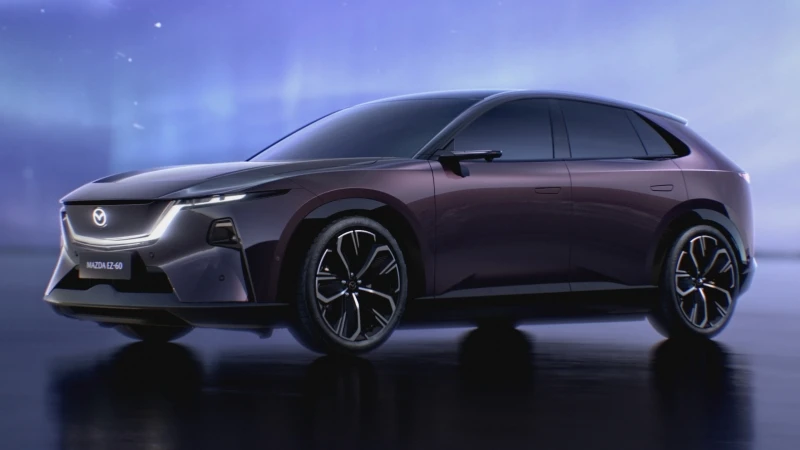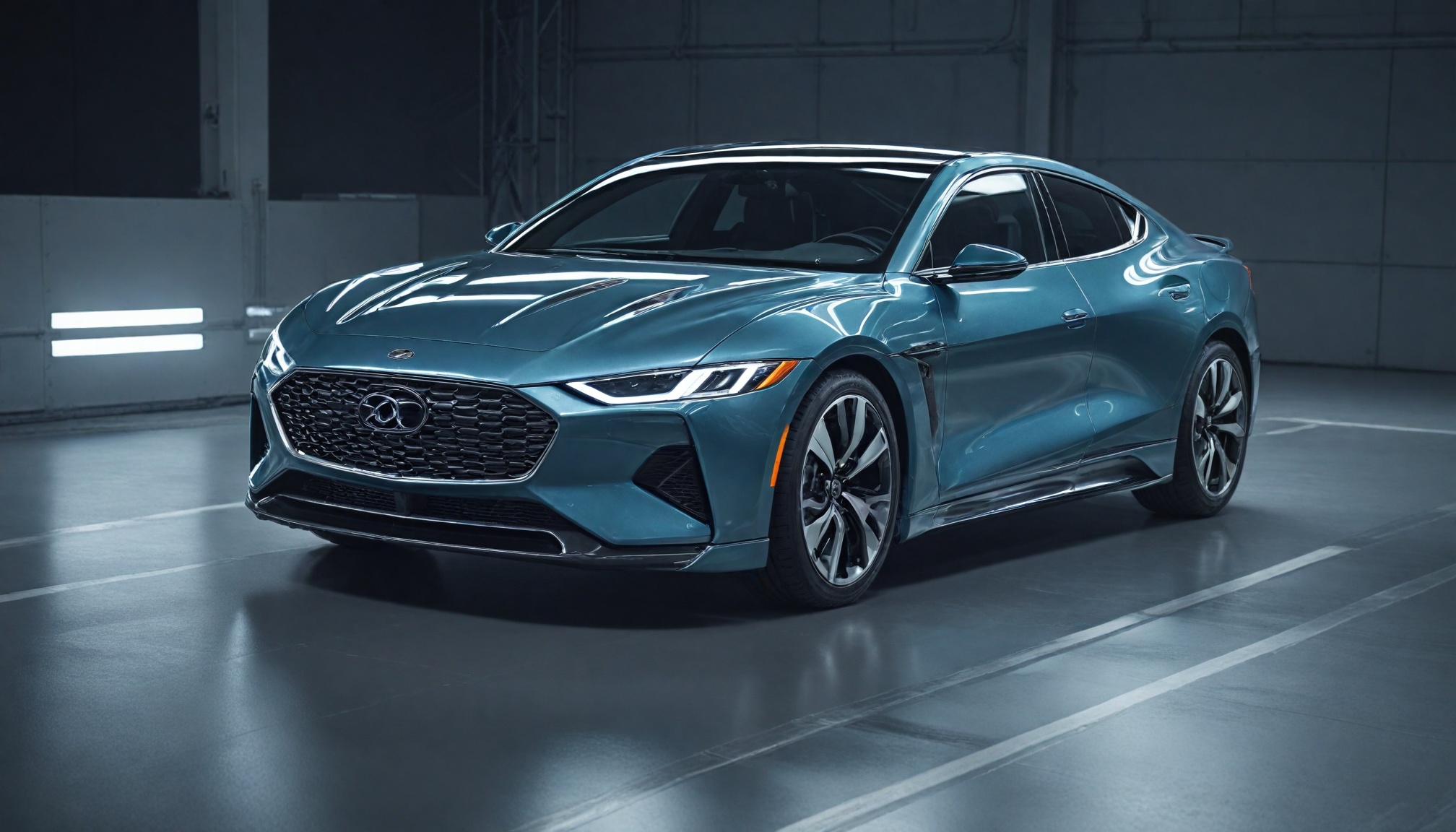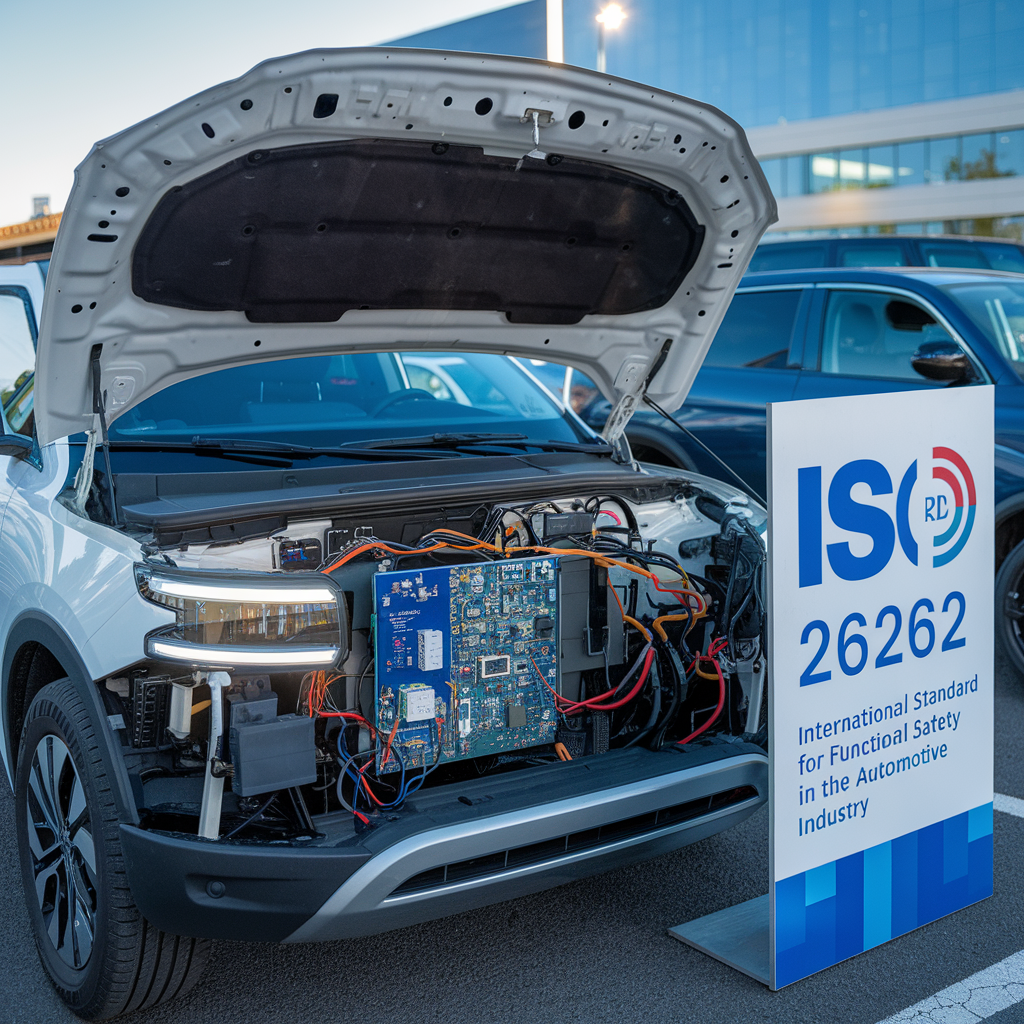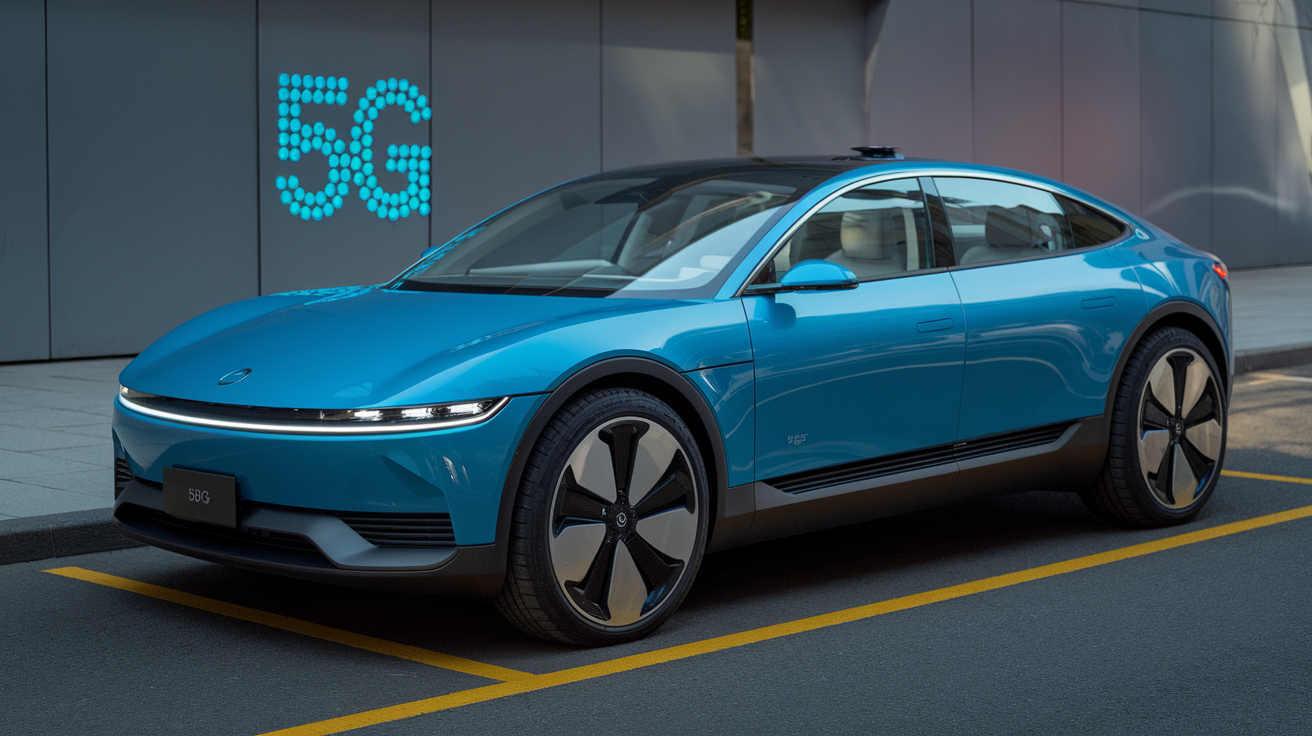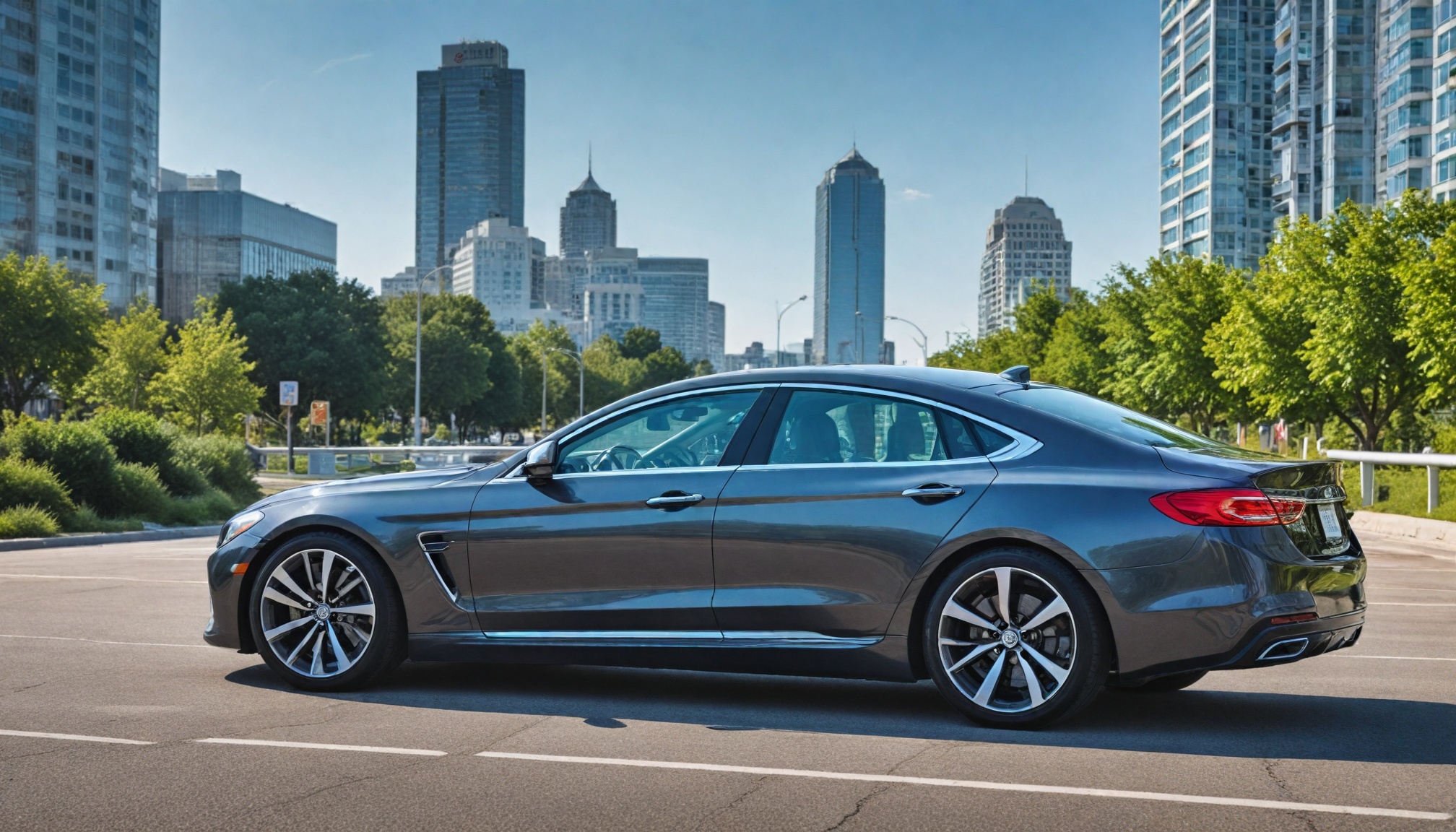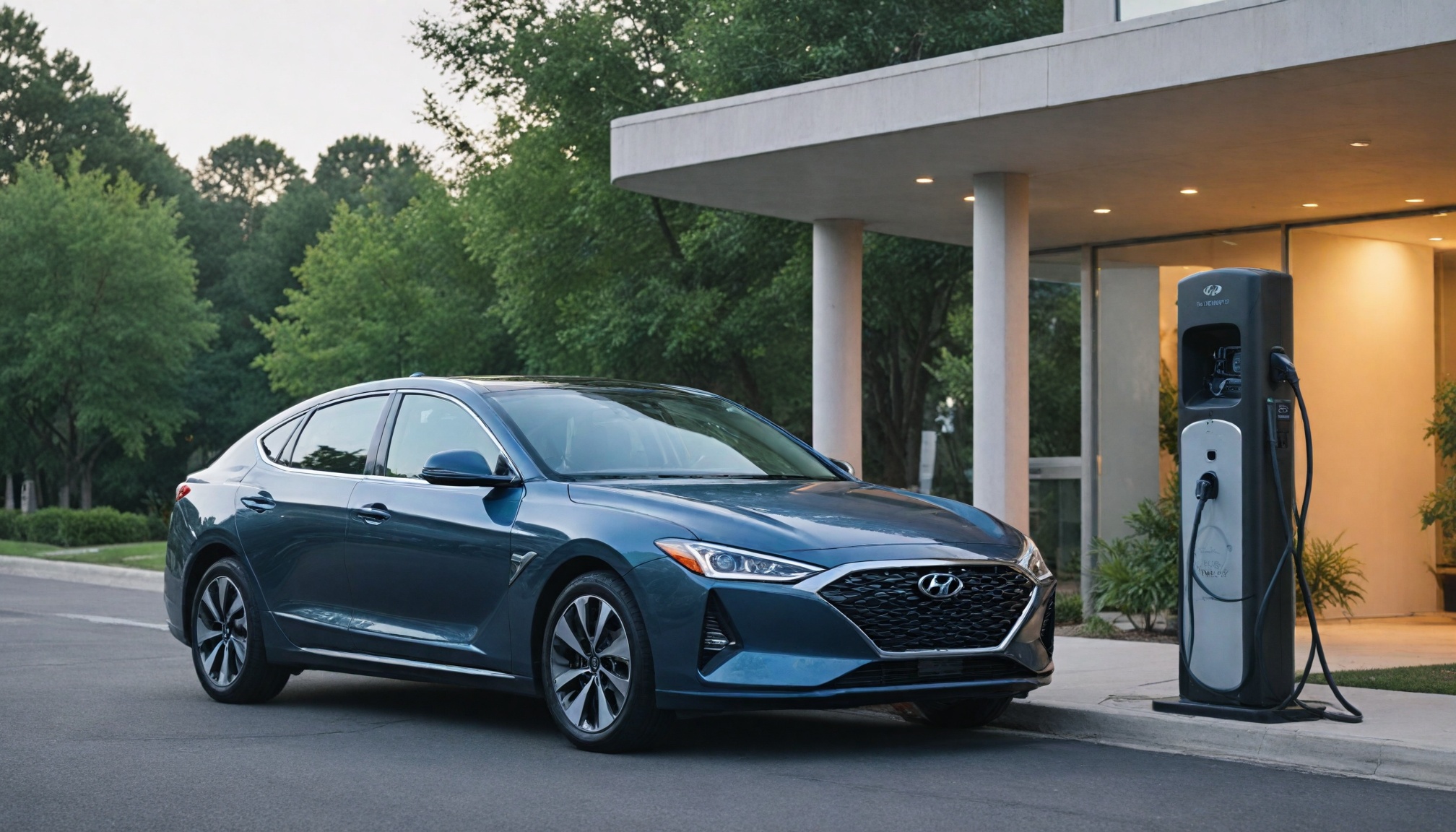
Hyundai's 2025 Ioniq 5 makes history as the first non-Tesla EV with a factory-installed NACS port, doubling charging options by directly accessing Tesla's Supercharger network.

Drivetech Partners
Hyundai has made automotive history with the 2025 Ioniq 5 becoming the first non-Tesla vehicle to feature a factory-installed North American Charging Standard (NACS) port. This groundbreaking integration allows Hyundai EV owners to directly access Tesla's extensive Supercharger network without adapters, effectively doubling their fast-charging options across North America.
Key Takeaways
The 2025 Hyundai Ioniq 5 is the first non-Tesla vehicle with a factory-installed NACS charge port
Hyundai EVs with NACS ports gain immediate access to over 12,000 Tesla Superchargers across North America
Hyundai will provide complimentary adapters to existing CCS-equipped vehicle owners starting Q1 2025
The MyHyundai app creates a unified charging experience with integrated payments across networks
This standardization effort potentially accelerates EV adoption by simplifying the charging experience
Hyundai's NACS Revolution: First With Native Integration
When Hyundai announced its adoption of the North American Charging Standard on October 5, 2023, it signaled a major shift in charging standardization. The 2025 Ioniq 5 now stands as the pioneer non-Tesla vehicle featuring a factory-installed NACS port, eliminating the need for adapters at Tesla Superchargers. This streamlined approach marks the beginning of a comprehensive transition for Hyundai's electric fleet.
All new or refreshed US Hyundai EVs will come with built-in NACS compatibility starting in Q4 2024, with Canadian models following in the first half of 2025. This native integration represents a significant improvement over adapter-based solutions, creating a more intuitive charging experience that mirrors the simplicity Tesla owners have enjoyed for years.
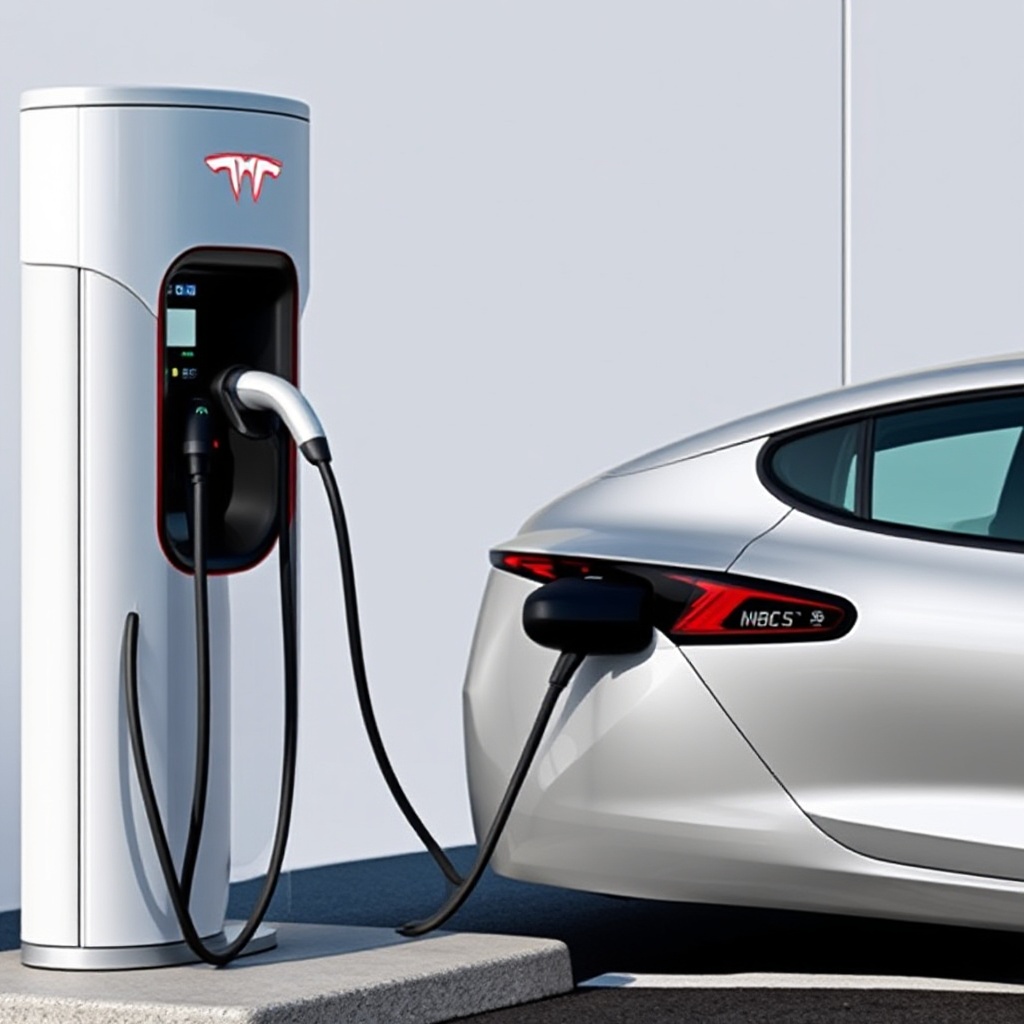
Accessing North America's Largest Charging Network
The integration of NACS ports gives Hyundai EV owners immediate access to Tesla's infrastructure – more than 12,000 Superchargers across North America. This effectively doubles the available DC fast charging network for Hyundai drivers, addressing "charging anxiety," one of the top barriers to EV adoption.
For existing Hyundai EV owners with CCS ports, access to the Tesla Supercharger Network will begin in Q1 2025. When connected to a Tesla Supercharger with a compatible adapter, the Ioniq 5 can charge at speeds up to 135 kW, making road trips and daily charging significantly more convenient.
Complete Adapter Strategy: Ensuring Backward Compatibility
Hyundai has implemented a comprehensive adapter approach to ensure no EV owner is left behind during this transition. 2025 Ioniq 5 models include both CCS1-to-NACS and J1772-to-NACS adapters, enabling charging at all types of stations.
For owners of existing Hyundai EVs with CCS ports, the company will offer complimentary adapters to access Tesla Superchargers. Similarly, NACS-equipped vehicles come with adapters for legacy CCS chargers, ensuring backward compatibility across the charging ecosystem. Clear adapter instructions and labeling help prevent charging confusion, creating a smooth transition for all Hyundai EV drivers.
Real-World Charging Performance Across Networks
Testing reveals that a complete charging cycle (10-90%) on the 2025 Ioniq 5 takes approximately 40 minutes at 400-volt Tesla Superchargers. The same charge requires only 30 minutes at 800-volt Electrify America stations, though this performance gap is narrower than in previous generations.
Hyundai's Electric-Global Modular Platform enables ultra-fast charging capabilities, with real-world speeds influenced by ambient temperature, battery state, and charger capacity. This versatility ensures that Ioniq 5 owners can utilize either network effectively, with minimal time penalties regardless of which charging standard they access.
MyHyundai App Integration: The Digital Charging Hub
The MyHyundai app now delivers a unified charging experience by consolidating payments across charging networks, including Tesla Superchargers. This integration eliminates the need for multiple charging cards or apps, simplifying the payment process and streamlining trip planning.
Tesla Supercharger locations are now fully integrated for seamless navigation, and plug-and-charge technology allows for automatic authentication when connecting to compatible stations. Over-the-air updates will continue enhancing the charging experience with smarter route planning and battery preconditioning improvements to optimize charging speeds in cold weather.
Industry Standardization: The Broader Impact
Hyundai isn't alone in this transition—Volkswagen, Honda, Kia, and other manufacturers are also adopting the Tesla NACS plug. This industry-wide convergence on a single standard reduces consumer confusion and charging infrastructure fragmentation, potentially accelerating EV adoption by simplifying the charging experience.
Beyond adopting NACS, Hyundai is participating in developing a new high-powered North American charging network. This ambitious project plans to deploy over 30,000 chargers, with the first US stations opening in summer 2024. The combination of widespread NACS adoption and expanded charging infrastructure represents a significant milestone in making EVs more practical for everyday use.
Customer Education and Support During Transition
To help drivers adapt to the new charging options, Hyundai is implementing comprehensive customer education initiatives. These include step-by-step guides for using various adapters and charging stations, along with dedicated customer support for users experiencing issues with NACS adapters.
Software updates will address compatibility challenges between vehicles and charging infrastructure, with special attention given to first-time EV buyers who may find the charging ecosystem complex. This proactive approach ensures that all Hyundai EV owners can confidently access the expanding charging network, regardless of technical familiarity.
Future-Proofing: Where Hyundai's Charging Strategy Is Headed
Looking ahead, Hyundai has planned improvements in communication between their EVs and Tesla charging stalls, along with enhanced route planning to automatically incorporate optimal charging stops. Higher charging speeds are expected as both vehicle and infrastructure technology evolves.
The company is also exploring potential for dynamic pricing and real-time availability updates across all compatible networks. Hyundai's charging integration represents a significant step toward a unified EV experience, one where the differences between charging networks become increasingly invisible to the end user, making electric vehicle ownership more convenient than ever before.
Sources:
Hyundai USA - Hyundai NACS Adapter FAQs
Car and Driver - 2025 Hyundai Ioniq 5 NACS Port Charging Test
Hyundai Worldwide - Hyundai Electric Vehicles to Add North American Charging Standard
